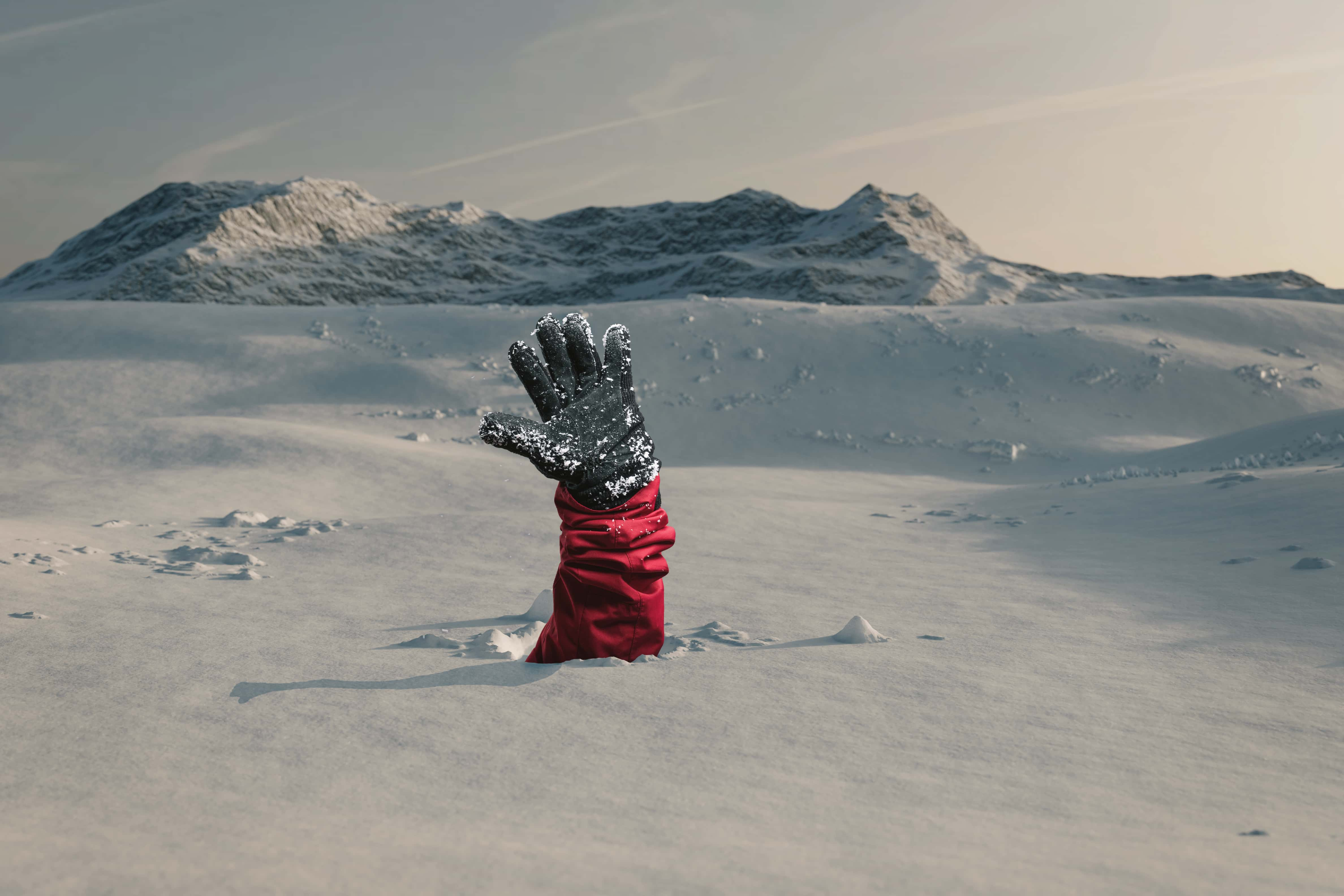It’s one of the Soviet Union’s most enduring mysteries. But what really happened to those nine hikers on that fateful night at Dyatlov Pass?
Into Thin Air
In early February 1959, 23-year-old Soviet engineering student Igor Dyatlov decided to go hiking in the remote Ural Mountains with a group of nine friends, all experienced mountaineers. Their chosen route was notoriously difficult, and one member, Yuri Yudin, decided to turn back early on, letting the others go on without him.
It was the last time he saw his friends alive.
The group never came back from the mountains, and by February 20th, their friends and families began a frantic search for the lost hikers. As the days went on, the small volunteer-led search party turned into a massive government initiative. Soon enough, helicopters and planes were soaring over the Soviet sky, hoping to find just one living person.
Instead, they found a tattered camping tent, nine dead bodies, and a macabre puzzle that has haunted us for decades.
 Shutterstock
Shutterstock
The Night Is Dark and Full of Terrors
On February 26, after almost a week of looking for the hikers, the searchers stumbled across the Dyatlov group’s abandoned, collapsed tent. The details of the scene were eerie: the tent had been slashed from the inside, and it was empty of people but full of belongings, including clothes and shoes. This was the first of many mysteries.
Apparently, something had alarmed the group so much that they hastily opened their tent and burst out into the icy mountain pass in the middle of the night without proper gear. Their footprints outside the tent showed that they wore socked feet or, at most, one shoe—yet disturbingly, their pace was normal and unhurried.
As searchers followed the prints down to the opposite side of the pass and into a forested area, they came across their next shock: two bodies, dressed only in their underwear, lying beside an extinguished fire. These were later identified as Yuri Doroshenko and Georgiy Krivonischenko, who had both died of hypothermia.
After this horrific discovery, the search party found three more bodies nearby: Rustem Slobodin, Zinaida Kolmogorova, and party leader Igor Dyatlov. The positions of their bodies indicated that they had been trying to make it back to the small tent. Each hiker had also perished from hypothermia, though Slobodin had a small, likely non-fatal break in his skull, as well. This left four bodies unaccounted for.
It took two more months to find the remaining corpses—and they upended the entire investigation.
 Shutterstock
Shutterstock

Sign up to our newsletter.
History’s most fascinating stories and darkest secrets, delivered to your inbox daily. Making distraction rewarding since 2017.
And Then There Were Four
The bodies of Lyudmila Dubinina, Semyon Zolotaryov, Nikolai Thibeaux-Brignolles, and Alexander Sergeyevich Kolevatov were found on May 4, buried under four meters of snow in a ravine. From the beginning, these bodies were different than the others. For one, three of them were well dressed, as if they had taken clothing from the deceased; Dubinina was wearing Krivonischenko’s torn and burnt trousers.
But that was far from the worst of it.
Somehow, Thibeaux-Brignolles had suffered a fatal skull injury, and Dubinina and Zolotaryov both had deadly chest fractures that were so severe, one doctor later argued that no human force could have caused them. Indeed, their injuries closely resembled a car crash—yet despite this, none of the hikers had external injuries associated with the fractures; it was as if an immense, terrifying pressure had simply crumpled their insides.
There was one final horror. Both Dubinina and Zolotaryov not only had chest wounds, their eyes were also missing from their sockets. Even worse, the 20-year-old Dubinina’s tongue was missing, along with some of her mouth and skull.
This last site completed the gruesome picture, and investigators were left to ask: what really happened on the Dyatlov Pass?
 Shutterstock
Shutterstock
Reconstructing the Pass
In the aftermath of the incident, a slew of theories emerged, each with varying degrees of plausibility. People posited that natives, scavenging animals, or even a yeti had attacked the group. Author Donnie Eichar even suggested that the mountain winds created a vortex that emitted a panic-inducing infrasound, throwing the hiking group into chaos.
None of these, however, are likely to be the truth. So what is?
The prevailing theory, even in a re-opened 2015-2019 investigation, is that an avalanche surprised the group. In this theory, the hikers were woken up by a snow slide and escaped, barely clothed, through the slash made in the tent. Four of the group started a fire downslope, but eventually died of hypothermia. Three of them, Dyatlov included, tried to go back up to the tent to gather supplies, but fell down from exhaustion. The last four members tried to find a better place to make a fire, but again perished.
This all sounds like a reasonable explanation. It’s also almost impossible.
The evidence contradicting an avalanche is overwhelming: there was no sign of one when the search party arrived, the geography of the region isn’t prone to avalanches, and no expeditions have reported a snow slide since the incident. Moreover, the Dyatlov group was made up of seasoned mountaineers, and they likely wouldn’t have camped near a risky embankment.
There is, however, one more chilling theory.
 Shutterstock
Shutterstock
Glow Up
On the night of the incident, another group of hikers claimed they saw mysterious orange glowing spheres in the sky near the pass, and from February to March 1959, other eyewitnesses reported the same puzzling shapes. Even the Russian police force reported seeing the orbs—and disturbingly, they subsequently got direct orders to repress their memories.
Though you might think these orbs had something to do with an alien invasion or other paranormal activity, the truth is even darker.
Many researchers actually connect these sightings to Soviet military weapons testing, particularly parachute mines. These mines could have alarmed the hikers and set off the macabre chain of events: the explosions cause devastating and consistent internal injuries without much external force, and the glowing spheres that other mountaineers saw might have been planes flying over to test the bombs. Russian records even confirm that there was active testing at the time of the incident.
And what of Dubinina and her missing tongue and eyes? Well, some researchers argue that since she was lying face down in a stream when she was found, her gruesome injuries might have been caused by good old putrefaction. Otherwise, scavengers may have gotten to these organs in the months before she and Zolotaryov were discovered.
But of course, there are still so many loose ends.
 Shutterstock
Shutterstock
State Secrets
Whatever theory you choose to believe, we may never know the real answer to the Dyatlov mystery. The Soviet Union was infamously secretive, and they quickly hushed up most contemporary investigations and speculations, shutting down the forensic trail while it was still warm. Though Russia has since released most of the Dyatlov files, the passing years and deteriorating evidence have made definitive findings difficult to grasp.
So we continue to search. After all, the Dyatlov Pass is still open for hiking and further investigation—if you dare.
Sources: 1











